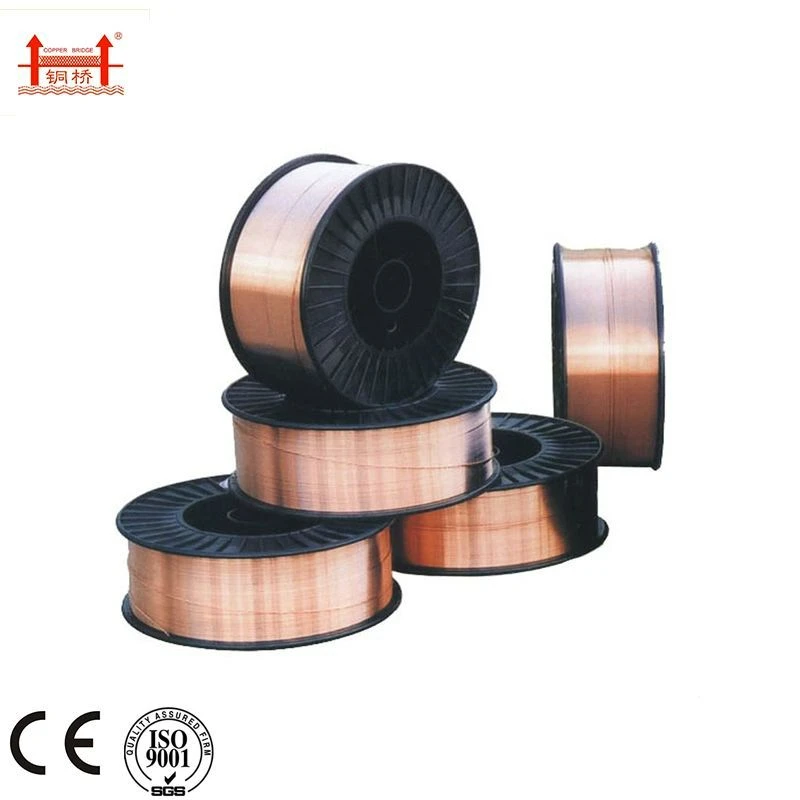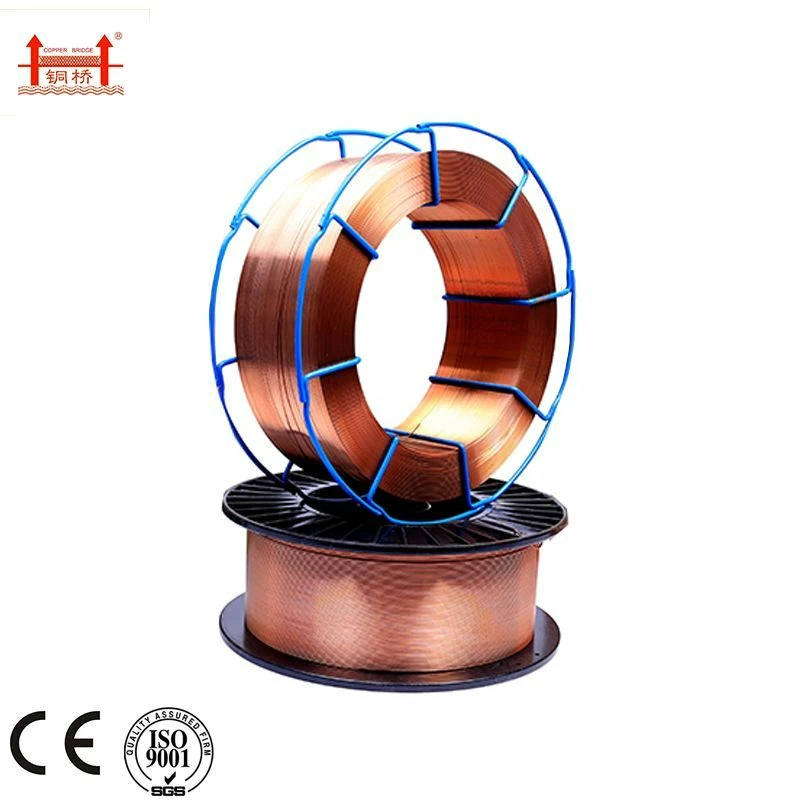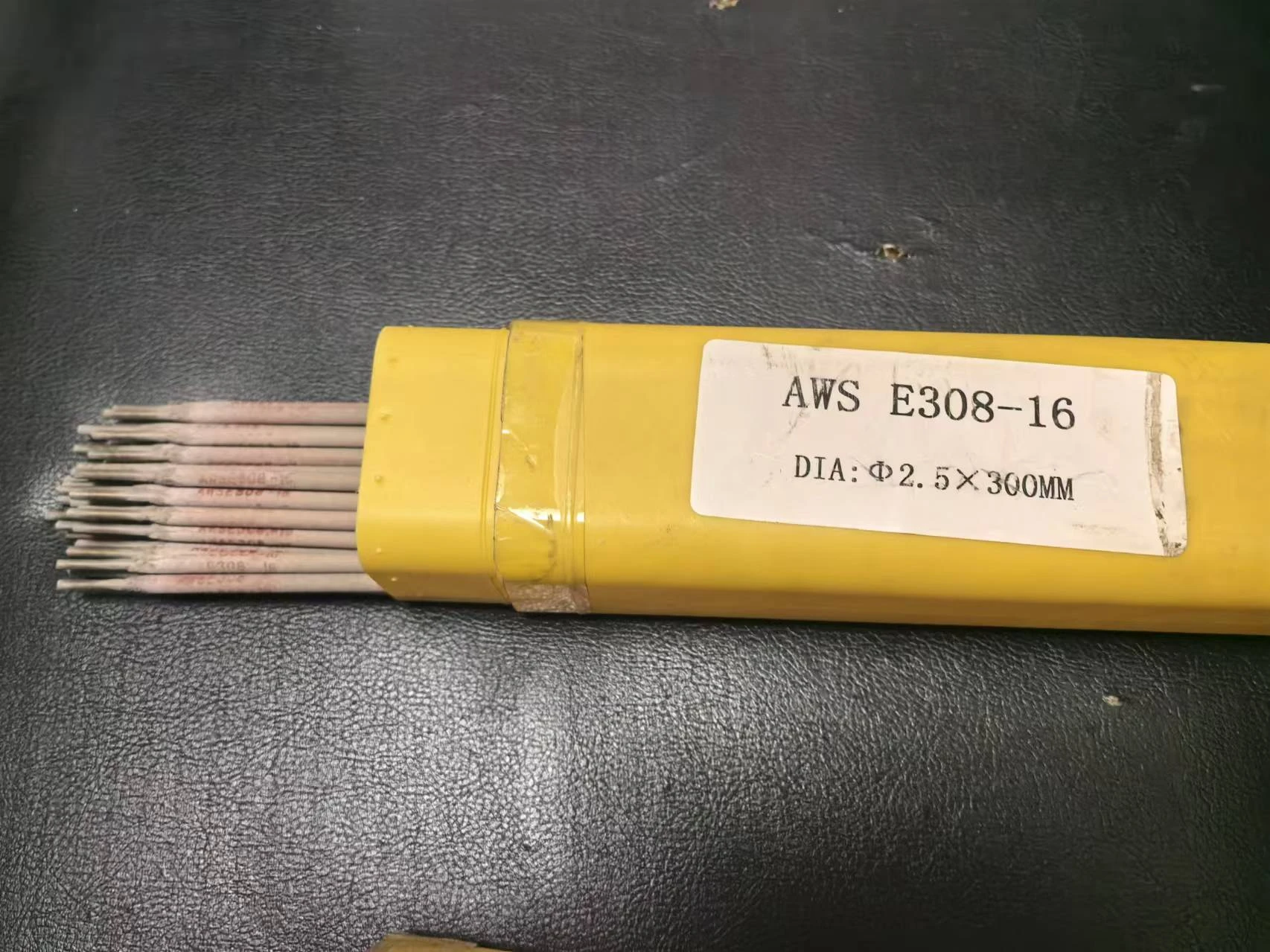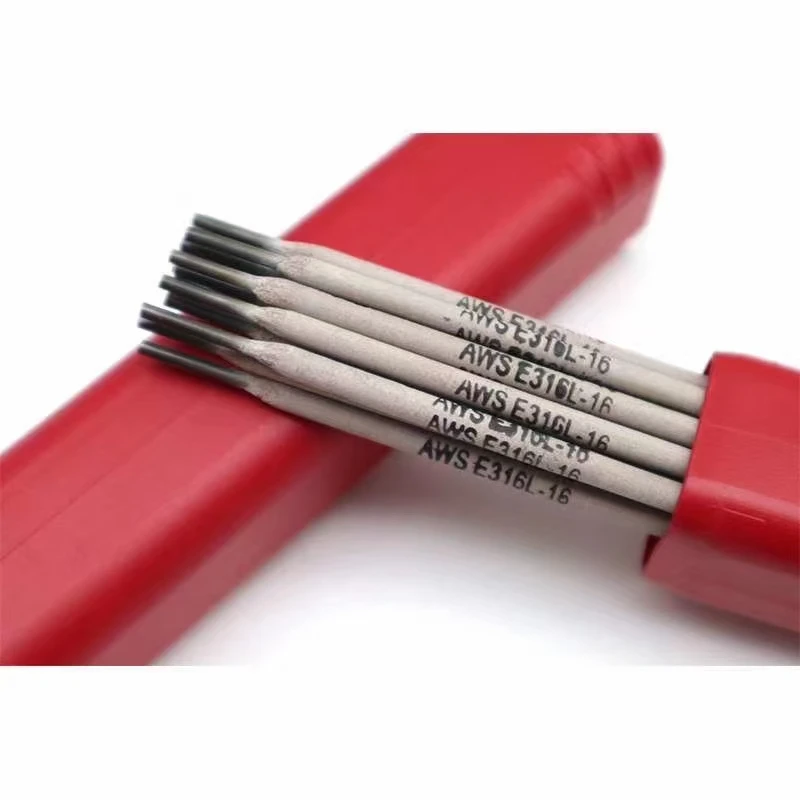carbon steel pipe welding electrode
జన . 14, 2025 16:37
When it comes to selecting the right welding electrode for carbon steel pipes, understanding the intricacies of the welding process is crucial for achieving a strong, durable, and effective weld. Carbon steel, known for its strength and versatility, is a prominent choice in industries such as construction, oil and gas, and manufacturing. Here, we delve into the essential considerations and expert insights on the selection and application of welding electrodes for carbon steel pipes, ensuring you have a comprehensive and authoritative guide.
The E7018 electrode stands out for its low-hydrogen properties. It is the go-to choice for projects requiring high tensile strength and crack resistance, such as structural welding. Its iron powder coating allows for a smooth, aesthetically pleasing weld finish. Crucially, though, the E7018 requires a more controlled welding environment; it must be kept dry to prevent hydrogen-induced cracking, often demanding an oven for pre-welding storage. It's important to note that the base metal's thickness, joint design, and position influence electrode choice. For instance, thinner sections might benefit from electrodes with less penetration to avoid burn-through, while thicker sections require deep penetration electrodes. Ensuring electrode storage and handling is optimum cannot be overstated. Proper storage prevents moisture pick-up, which in turn helps in maintaining the electrode's integrity and the quality of the weld. For low-hydrogen electrodes like the E7018, correct storage in moisture-proof packaging or ovens is paramount. Furthermore, achieving certification in welding processes, as mandated by standards like the American Welding Society (AWS), enhances credibility and confirms adherence to best practices. Certification ensures that the welder possesses the necessary skills and knowledge to tackle complex welding tasks effectively. In conclusion, the path to mastering carbon steel pipe welding begins with selecting the appropriate electrode. Each type has its unique advantages, tailored for specific applications. Understanding the role of each electrode and maintaining the conditions for its optimal use underpin successful welding operations. By leveraging these expert insights, welders can enhance their craft, ensuring robust, reliable, and high-quality welds that stand the test of time.


The E7018 electrode stands out for its low-hydrogen properties. It is the go-to choice for projects requiring high tensile strength and crack resistance, such as structural welding. Its iron powder coating allows for a smooth, aesthetically pleasing weld finish. Crucially, though, the E7018 requires a more controlled welding environment; it must be kept dry to prevent hydrogen-induced cracking, often demanding an oven for pre-welding storage. It's important to note that the base metal's thickness, joint design, and position influence electrode choice. For instance, thinner sections might benefit from electrodes with less penetration to avoid burn-through, while thicker sections require deep penetration electrodes. Ensuring electrode storage and handling is optimum cannot be overstated. Proper storage prevents moisture pick-up, which in turn helps in maintaining the electrode's integrity and the quality of the weld. For low-hydrogen electrodes like the E7018, correct storage in moisture-proof packaging or ovens is paramount. Furthermore, achieving certification in welding processes, as mandated by standards like the American Welding Society (AWS), enhances credibility and confirms adherence to best practices. Certification ensures that the welder possesses the necessary skills and knowledge to tackle complex welding tasks effectively. In conclusion, the path to mastering carbon steel pipe welding begins with selecting the appropriate electrode. Each type has its unique advantages, tailored for specific applications. Understanding the role of each electrode and maintaining the conditions for its optimal use underpin successful welding operations. By leveraging these expert insights, welders can enhance their craft, ensuring robust, reliable, and high-quality welds that stand the test of time.
Related Products
Related Video
Related News
Copyright © 2025 Dingzhou Jinlong Metal Production Co., Ltd. All Rights Reserved. Sitemap | Privacy Policy




























